Introduction to the hand-flavored flavor of sunny Sidamo Coffee the characteristics of coffee varieties in Ethiopia
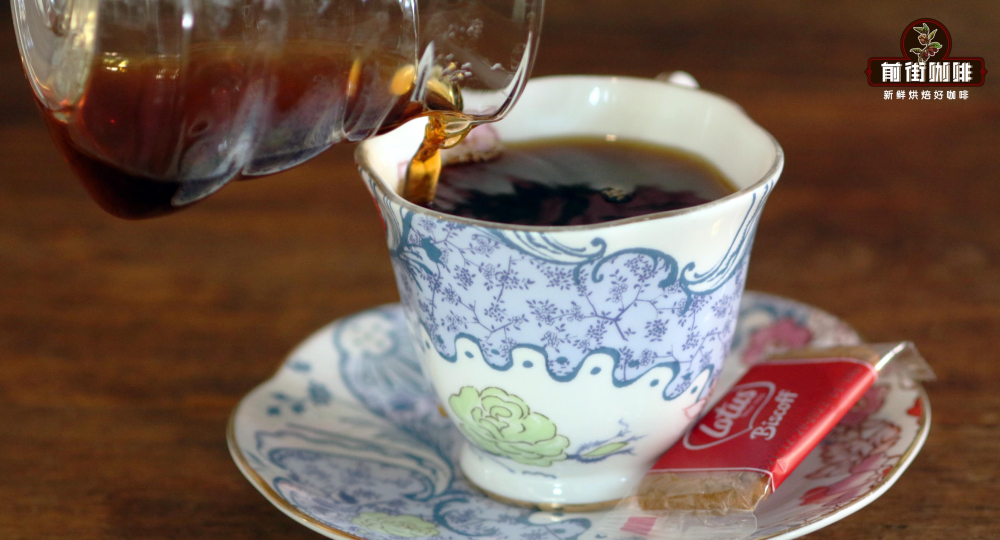
Sidamo sidama is an important coffee producing area in Ethiopia, which once belonged to the state of Oromia, but because of the importance of its coffee producing area, it became a state by referendum in 2018, belonging to the first-level administrative unit.
The Sidamo producing area is located in southern Ethiopia, extending to the districts of Arsi and Bale in the east and Gamogofa in the west. Sidamo coffee is cultivated at the altitude of 1400m-2000m. The industry here is dominated by agriculture, and the main growing area of coffee is around the Great Rift Valley (Great Rift Valley) of East Africa. Sidamo has developed rapidly in recent years and is an important distribution center for coffee export.
The coffee in Sidamo has a variety of flavors. Different soil types, microclimates and countless native coffee species, towering mountains, highlands, plateaus, valleys and plains, diverse topography, and the geology of the area belongs to nutrient-rich, well-drained volcanic soil. the depth of the soil is nearly two meters, and the surface soil is dark brown or brown.
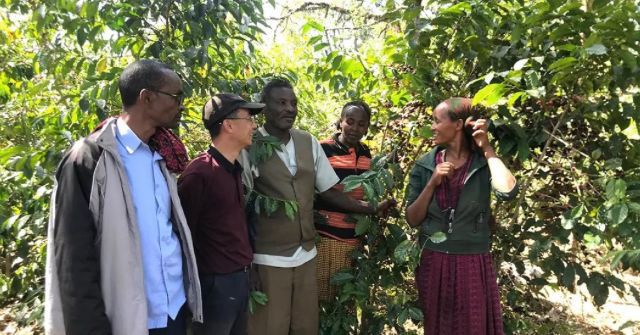
The biggest advantage of the area is that the soil fertility is maintained through the circulation of organic matter, using the withered leaves of the surrounding trees or the residual roots of the plants as fertilizer. Therefore, the coffee produced in cities and towns has obvious differences and characteristics. In 2010-2012, it continuously obtained the high score of CR92~94, the authoritative coffee evaluation website in the United States. Thus it can be seen that the raw beans in this area are extraordinary.
There are also many famous producing areas in the Sidamo producing area, such as the independent Yega Sheffei producing area, the very famous Uraga producing area and Humbera producing area in recent years, and so on.
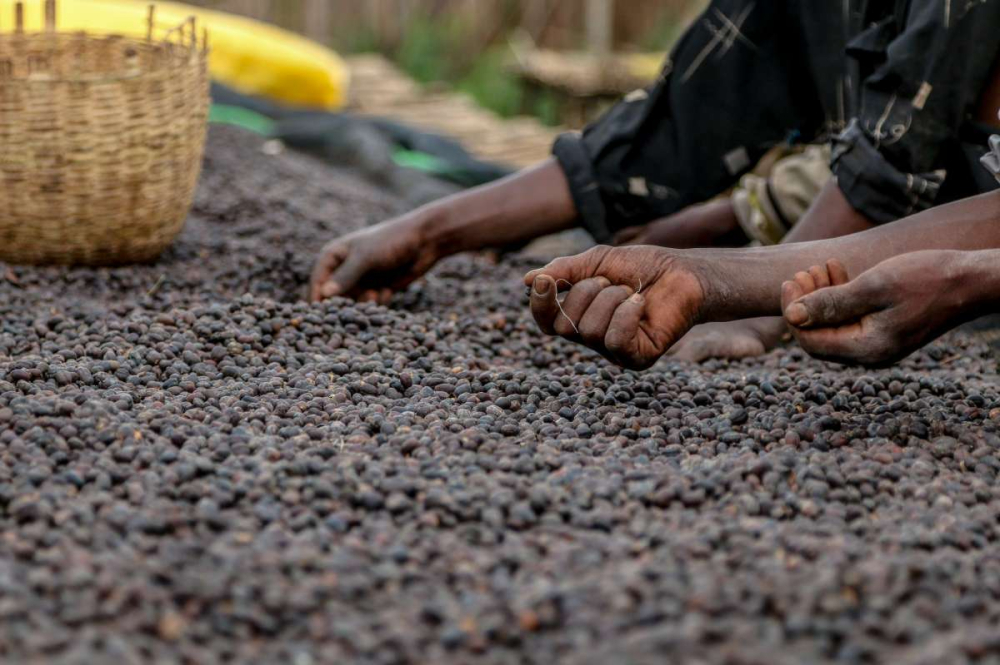
Among the bean lists on the front street, the most popular Huakui coffee beans come from the Humbera producing area in Sidamo.
In 2017, a Humbera coffee bean that won the first place in the TOH tanning group was introduced to China by a raw bean manufacturer in Beijing. In the same year, Li Jianfei, the runner-up in the World Coffee Brewing Competition in China, used this coffee bean to beat many contestants in Rose Summer Coffee. In the era when Rose Summer Coffee Bean bags "dominated" big and small events, a sun-dried coffee bean from Ethiopia competed for so many Rosa coffee beans, and everyone was naturally impressed by this humble coffee bean, so the raw bean merchants went along with the water to name the bean "Sakuran" and put it as the head of a geisha (in Taiwan, Rosa Geisha is also translated as a geisha).
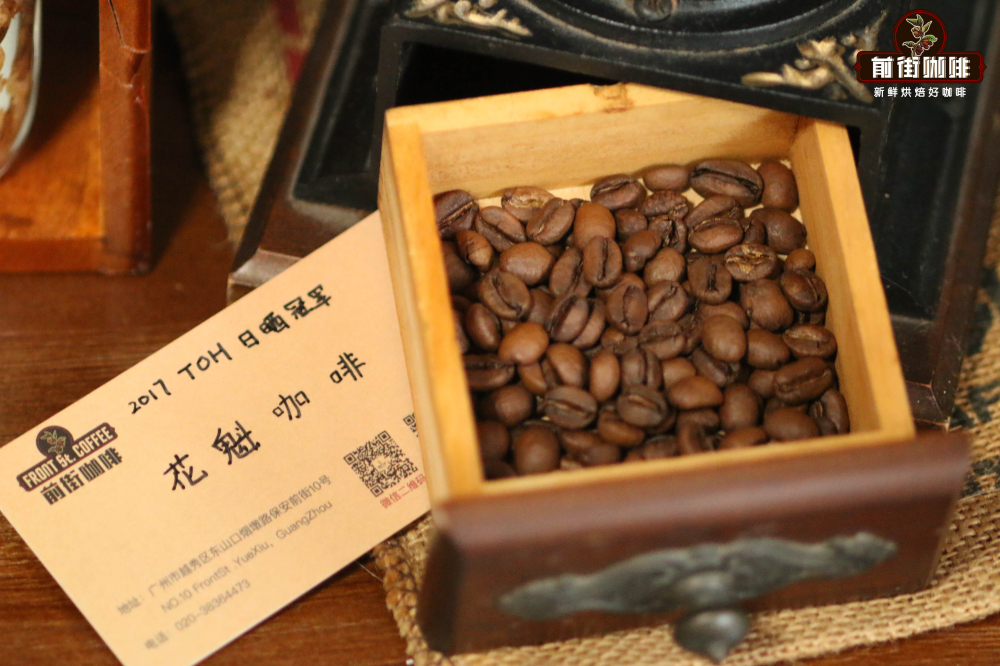
After winning the championship in 2017, DW further increased the number of processing plants in Hambella's core production area Dimtu, which is owned by "Buku Abel", "Buku Saysay", "Haro Soresa" and "Tirtiro Goye", with an annual output of about 1100 tons of coffee. In terms of planting areas and treatment plants, of all these estates and treatment plants, only those from the treatment area of the "Buku Abel" treatment plant cover the small producing area of sun-cured coffee beans.
Huakui coffee beans are native to Ethiopia, and this variety does not refer to a particular variety. As the birthplace of coffee varieties, Ethiopia has too many coffee varieties. It is like the natural gene bank of Arabica. On the one hand, there are many varieties, and it is difficult to identify and classify them. On the one hand, the Ethiopian government is unwilling to disclose information about these varieties for the sake of protection, so it is collectively called the Ethiopian original species. Because there are so many varieties, so mixed planting, mixed harvest, so Ethiopian native varieties of beans will be of different sizes.
Flavor characteristics of hand flushing
Medium and shallow baking is used in the front street to highlight the floral and fruity acidity of Huakui coffee beans.
Filter cup: V600001
Water temperature: 90-91 ℃
Powder content: 15g
Powder / water ratio: 1:15
Degree of grinding: medium and fine grinding (Chinese standard No. 20 screen pass rate 80%)
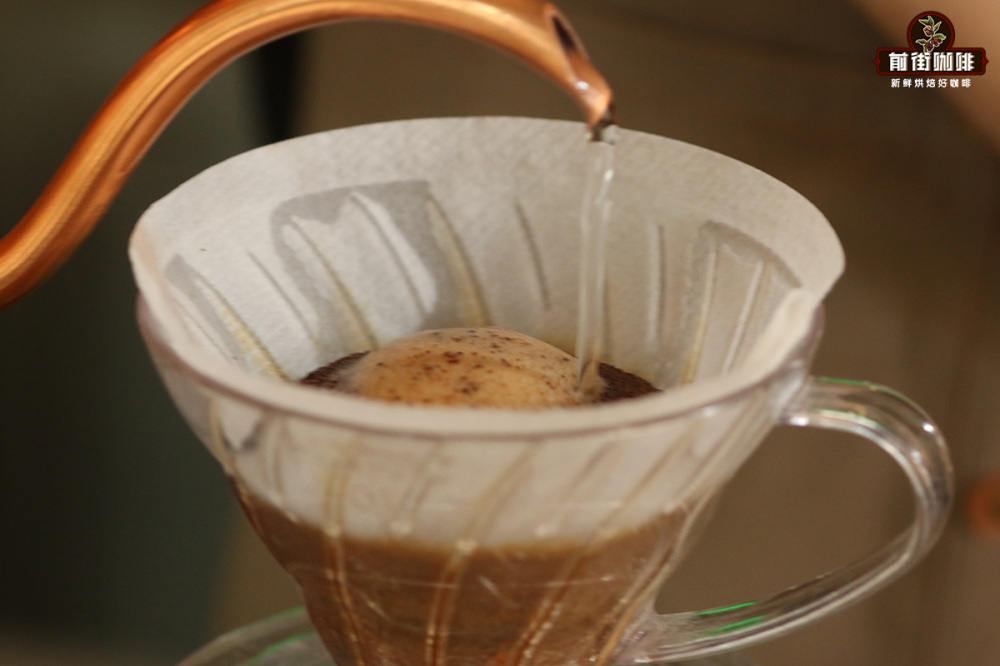
Cooking technique: three-stage extraction. Steam with 30 grams of water for 30 seconds, small water flow around the circle to 125 grams for sectional injection, water level drop is about to expose the powder bed, continue to inject water to 225 grams to stop injection, and so on when the water level drop is about to expose the powder bed, remove the filter cup, (steaming starts timing) the extraction time is 2 minutes 39 percent 00 ".
Flavor: berries, mangoes, black tea, full and smooth taste.
Professional coffee knowledge exchange more coffee bean information please follow the coffee workshop (Wechat official account cafe_style) more boutique coffee beans please add private Wechat Qianjie coffee, WeChat: qjcoffeex
Important Notice :
前街咖啡 FrontStreet Coffee has moved to new addredd:
FrontStreet Coffee Address: 315,Donghua East Road,GuangZhou
Tel:020 38364473
- Prev

Italian Coffee matching introduction to the Origin of Italian Coffee the production method of Italian coffee espresso machine
Gappuccino/Cappuccino Coffee: cappuccino coffee came out at the beginning of the 20th century. Cappuccino is an Italian coffee mixed with the same amount of Italian espresso and steamed milk. At this time, the color of coffee is like a cappuccino monk covering a dark brown coat with a headscarf, hence the name. Traditional cappuccino
- Next

The blending method of espresso introduces which coffee beans can be used to make espresso
Before blending any coffee, you should first understand the taste characteristics of all kinds of coffee, and at least make it clear in your heart that the taste of the kind of coffee you want to mix can not be achieved by any single coffee. It would be a pity if the blended coffee doesn't taste better than one or more of them, and it would be better not to mix it. It is not necessary to mix coffee in general.
Related
- Guji coffee producing area of Guji, Ethiopia: Humbela, Shakiso, Wulaga
- What is the most expensive variety of Qiloso in BOP multi-variety group?
- How to store the coffee beans bought home?
- Why are Yemeni coffee beans so rare now?
- Ethiopian Sidamo all Red Fruit Sun Sun Santa Vini Coffee beans
- SOE is mostly sour? What does it mean? Is it a single bean? what's the difference between it and Italian blending?
- Is Italian coffee beans suitable for making hand-brewed coffee?
- How to choose coffee beans when making cold coffee? What kind of coffee beans are suitable for making cold coffee?
- Just entered the pit to make coffee, what kind of coffee beans should be chosen?
- Can only Japan buy real Blue Mountain Coffee? What are authentic Jamaican Blue Mountain coffee beans?

